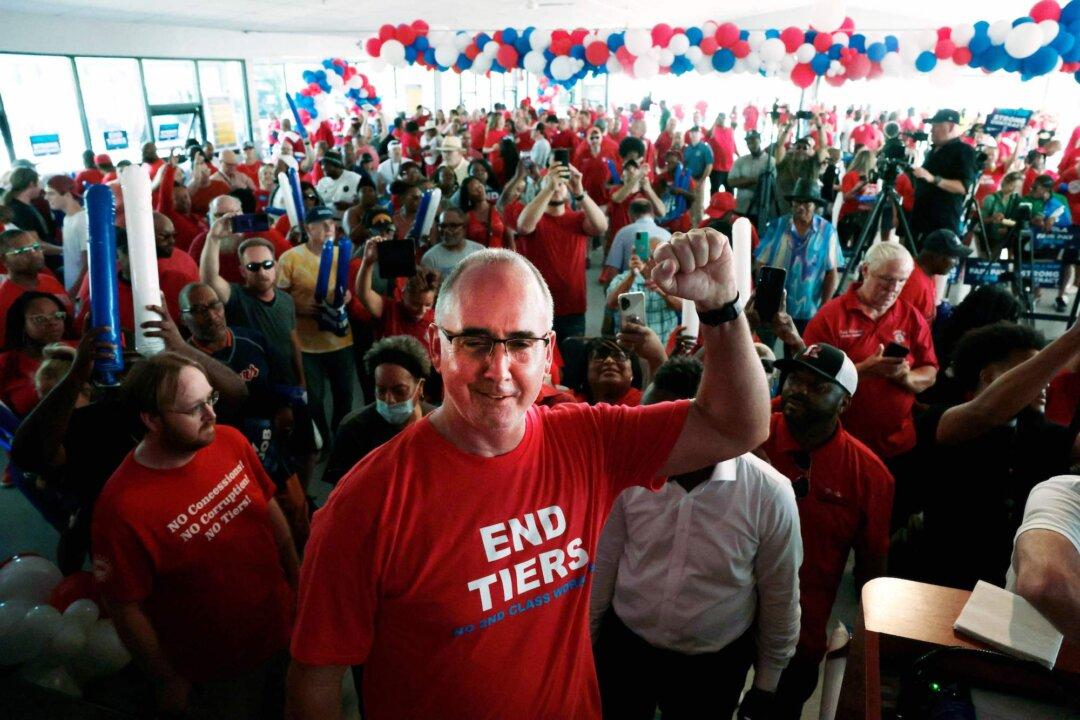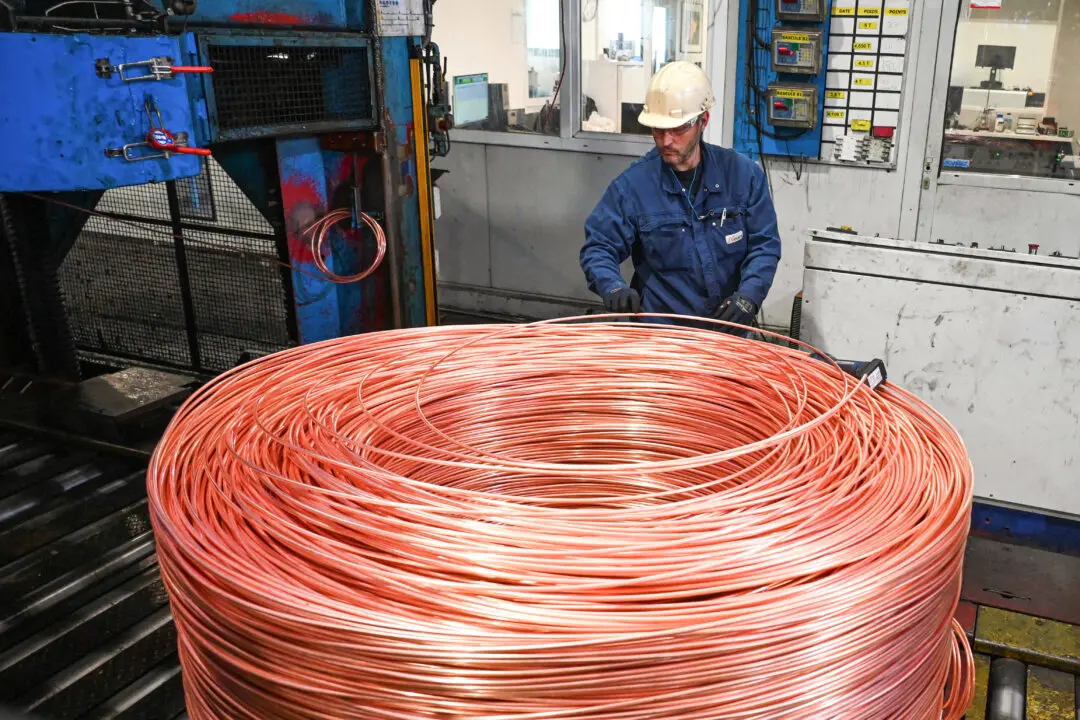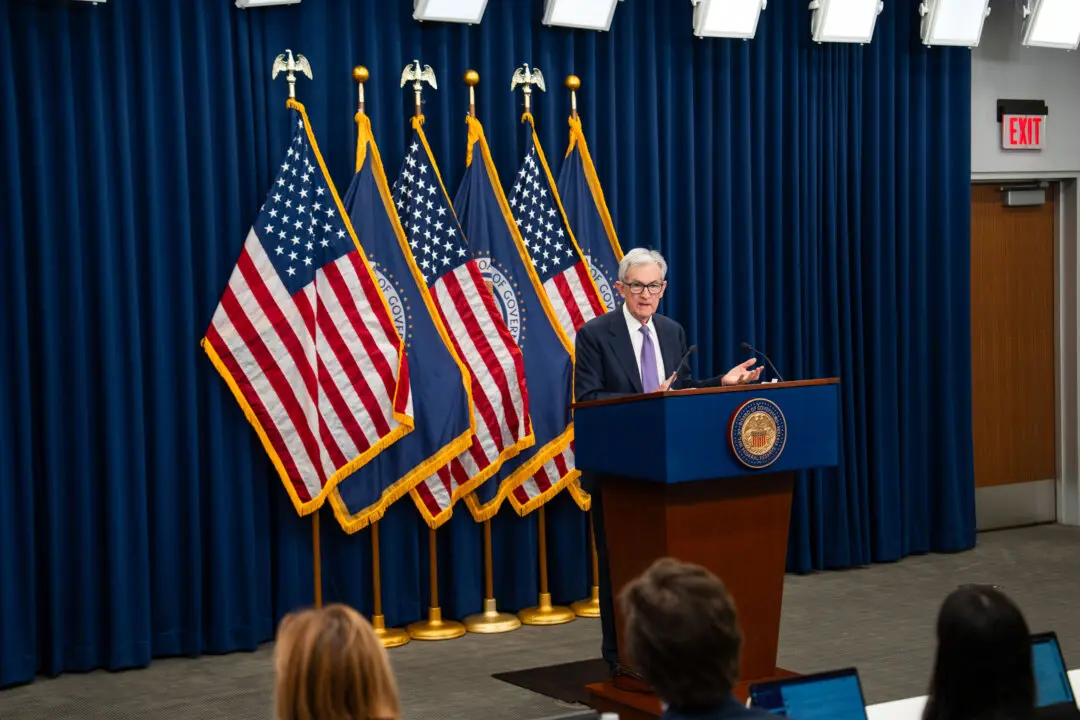Negotiations between the United Auto Workers (UAW) and the Big Three automakers—Ford, General Motors, and Stellantis—are coming down to the wire as the union’s current contract is set to expire at 11:59 p.m. on Sept. 14.
As all sides engage in tense talks, the UAW leadership has threatened that 140,000 workers could go on a full or partial strike, potentially harming the U.S. economy and threatening President Joe Biden’s clean energy objectives.





